Home>Articles>How To Make Windshield Washer Fluid That Won T Freeze
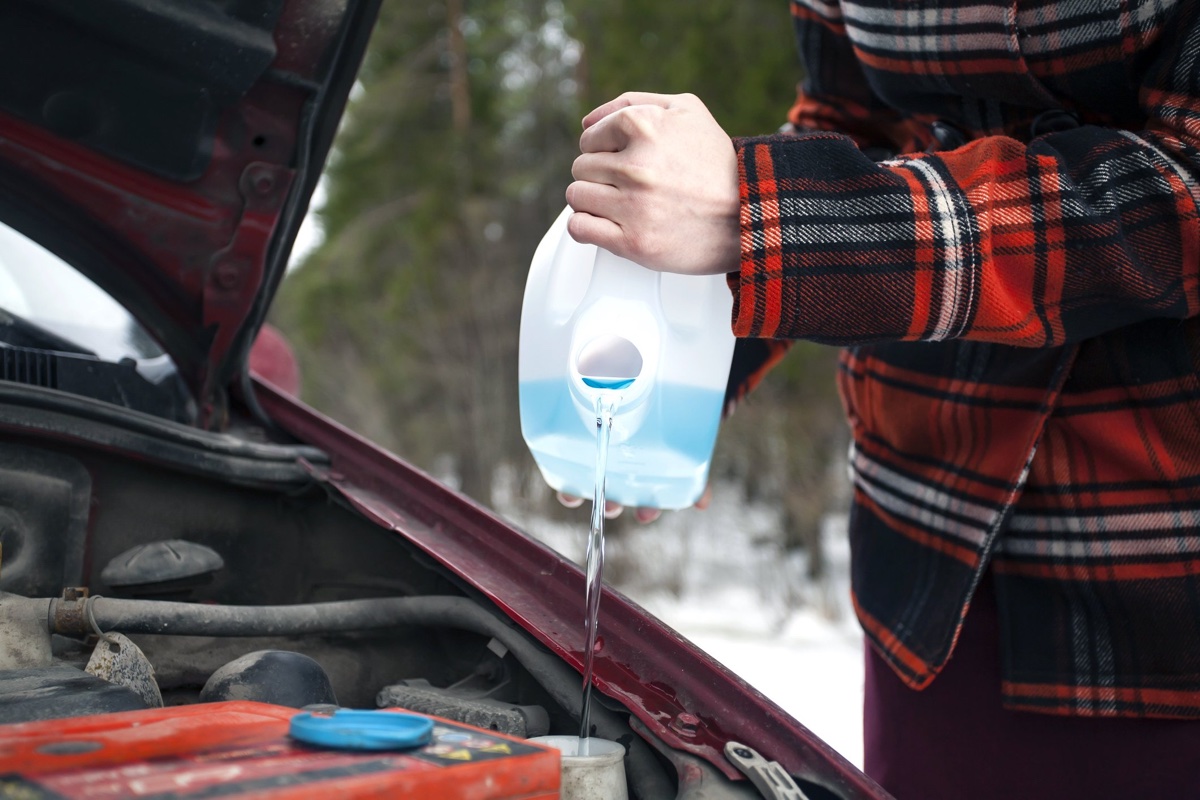

Articles
How To Make Windshield Washer Fluid That Won T Freeze
Modified: May 6, 2024
Looking for articles on how to make windshield washer fluid that won't freeze? We've got you covered with easy and effective solutions.
(Many of the links in this article redirect to a specific reviewed product. Your purchase of these products through affiliate links helps to generate commission for Storables.com, at no extra cost. Learn more)
Introduction
In colder climates, keeping your windshield clean and clear can be a challenge during winter months. Traditional windshield washer fluid that is readily available in stores can freeze, rendering it useless when you need it the most. However, with a few simple ingredients and a little bit of time, you can create your own windshield washer fluid that won’t freeze.
Having a windshield washer fluid that won’t freeze is crucial for visibility on the road. Snow, ice, and road salt can quickly accumulate on your windshield, obstructing your view and making driving hazardous. By making your own non-freezing windshield washer fluid, you can ensure that you have a reliable solution to keep your windshield clean and clear, even in freezing temperatures.
In this article, we will guide you through the process of making your own windshield washer fluid that won’t freeze. We will provide you with a list of materials needed, step-by-step instructions, and even tips on how to test the effectiveness of the fluid. So, let’s get started on making your own non-freezing windshield washer fluid!
Key Takeaways:
- Create your own non-freezing windshield washer fluid using simple ingredients like distilled water, isopropyl alcohol, and liquid dish soap. Ensure clear visibility on the road even in freezing temperatures.
- Test the effectiveness of your homemade windshield washer fluid before using it on your vehicle. Adjust the formula as needed to achieve optimal cleaning and clear visibility. Stay safe on the roads all winter long!
Read more: How To Make Homemade Windshield Washer Fluid
Materials needed
Before you can start making your own windshield washer fluid that won’t freeze, you will need to gather a few key ingredients. Fortunately, these ingredients are readily available and inexpensive. Here are the materials you will need:
- Distilled water: Distilled water is important because it contains fewer impurities compared to tap water. This helps prevent the fluid from freezing at low temperatures.
- Isopropyl alcohol: Isopropyl alcohol is the main component that prevents the windshield washer fluid from freezing. It has a low freezing point and acts as an antifreeze agent.
- Liquid dish soap: Liquid dish soap is used to remove dirt, grime, and other debris from your windshield. Choose a gentle, non-abrasive soap that won’t damage the windshield.
- Optional: Scented essential oils: If you want to add a pleasant fragrance to your windshield washer fluid, you can include a few drops of scented essential oils. Just make sure the oil is safe to use and won’t damage your vehicle’s paint.
- Measuring cup or container: You will need a measuring cup or container to accurately measure the proportions of the ingredients.
- Funnel: A funnel will make it easier to pour the ingredients into a container without creating a mess.
- Empty container: Lastly, you will need an empty container to store your homemade windshield washer fluid. Choose a container that is suitable for storing liquids and has a tight-fitting lid.
Once you have gathered all these materials, you are ready to start making your own non-freezing windshield washer fluid.
Step 1: Gathering the ingredients
Before you can begin making your own non-freezing windshield washer fluid, it is important to gather all the necessary ingredients. As mentioned earlier, you will need distilled water, isopropyl alcohol, liquid dish soap, and an optional scented essential oil. Additionally, you will need a measuring cup or container, a funnel, and an empty container for storage.
Start by ensuring you have a suitable container to hold your homemade windshield washer fluid. It should have a tight-fitting lid to prevent any leakage. Clean the container thoroughly to remove any residue or contaminants from previous use.
Next, measure out the ingredients you will be using. The proportions may vary depending on your preferences and the size of your container. As a general guideline, you can use the following ratios:
- Distilled water: 2 parts
- Isopropyl alcohol: 1 part
- Liquid dish soap: a small amount, around a teaspoon per cup of fluid
- Optional: a few drops of scented essential oil
Once you have measured out the ingredients, you can move on to the next step of mixing them together to create your non-freezing windshield washer fluid.
Add rubbing alcohol to your windshield washer fluid to prevent it from freezing. Mix 1 part alcohol to 5 parts fluid for effective results.
Step 2: Mixing the ingredients
Now that you have gathered all the necessary ingredients, it’s time to mix them together to create your non-freezing windshield washer fluid.
- Start by pouring the distilled water into your container. Use the measuring cup or container to ensure you add the correct amount.
- Next, add the isopropyl alcohol to the distilled water. Again, use the measuring cup to accurately measure the amount needed.
- If you choose to add a scented essential oil for a pleasant fragrance, now is the time to do so. Add a few drops of the scented oil to the mixture.
- Finally, add a small amount of liquid dish soap to the mixture. The soap will help remove dirt and debris from your windshield.
- Use a spoon or stirring stick to gently mix all the ingredients together. Make sure they are well blended.
- You can now use your funnel to carefully pour the mixture into your empty container. Be cautious not to spill or waste any of the fluid.
- Secure the lid tightly on the container to prevent any leakage or evaporation.
With these simple steps, you have successfully mixed the ingredients together to create your own non-freezing windshield washer fluid. Now it’s time to move on to the final step of testing the effectiveness of the fluid.
Step 3: Testing the fluid
Before using your homemade non-freezing windshield washer fluid on your vehicle, it’s important to test its effectiveness. This step will help ensure that the fluid is capable of effectively cleaning your windshield and providing clear visibility.
Here’s how to test the fluid:
- Find an appropriate location to perform the test, preferably outdoors.
- Ensure that your vehicle’s windshield is clean and free from any existing residue or debris.
- Using a spray bottle or a clean cloth, apply a small amount of your homemade windshield washer fluid to a portion of the windshield.
- Activate your vehicle’s windshield wipers to spread the fluid across the windshield.
- Observe the results. The fluid should effectively remove any dirt, grime, or other debris from the windshield.
- Pay attention to the clarity of the windshield after using the fluid. If there are streaks or smudges, you may need to adjust the formula or application technique.
- Repeat the test on different areas of the windshield to ensure consistent performance.
If the fluid passes the test and effectively cleans your windshield without leaving streaks or smudges, then congratulations! You have successfully created your own non-freezing windshield washer fluid.
If you encounter any issues during the test, such as streaks or inadequate cleaning, try adjusting the formula by adding a bit more dish soap or isopropyl alcohol. Test the revised formula again until you achieve the desired results.
Remember, it’s important to test the fluid before using it on the road to ensure optimal performance and clear visibility. Regularly check the condition of your homemade fluid and adjust the formula as needed to maintain its effectiveness.
With a bit of effort and the right ingredients, you can enjoy the benefits of a non-freezing windshield washer fluid, even in the harshest winter conditions.
Read more: Where To Buy Windshield Washer Fluid
Conclusion
Creating your own non-freezing windshield washer fluid is a simple and cost-effective solution to keep your windshield clean and clear during the winter months. By using distilled water, isopropyl alcohol, liquid dish soap, and optionally scented essential oils, you can make a fluid that is capable of preventing freezing and effectively removing dirt, grime, and debris from your windshield.
With the step-by-step process outlined in this article, you can easily gather the necessary ingredients, mix them together, and test the effectiveness of the fluid. By ensuring clear visibility on the road, you enhance your safety and that of others around you.
Remember, it’s essential to test the fluid before using it on your vehicle to ensure optimal performance. If necessary, adjust the formula by adding more dish soap or isopropyl alcohol until you achieve the desired results.
By taking the time to create your own non-freezing windshield washer fluid, you have the advantage of having a reliable solution that won’t freeze, even in the coldest temperatures. This homemade alternative saves you money and allows you to customize the formula to best suit your needs.
So, why rely on store-bought alternatives that may freeze and fail when you need them the most? Take control of your winter windshield maintenance and enjoy clear visibility all season long with your homemade non-freezing windshield washer fluid.
Stay safe on the roads and enjoy the benefits of a clean and clear windshield, regardless of the freezing temperatures outside.
Now that you've mastered making your own anti-freeze windshield washer fluid, why not tackle another handy DIY project? Discover our top oven cleaning hacks for a spotless finish. These tips will make your oven look as good as new with minimal effort, ensuring you can enjoy a cleaner, brighter kitchen without the hassle. Get ready to transform your cooking space today!
Frequently Asked Questions about How To Make Windshield Washer Fluid That Won T Freeze
Was this page helpful?
At Storables.com, we guarantee accurate and reliable information. Our content, validated by Expert Board Contributors, is crafted following stringent Editorial Policies. We're committed to providing you with well-researched, expert-backed insights for all your informational needs.

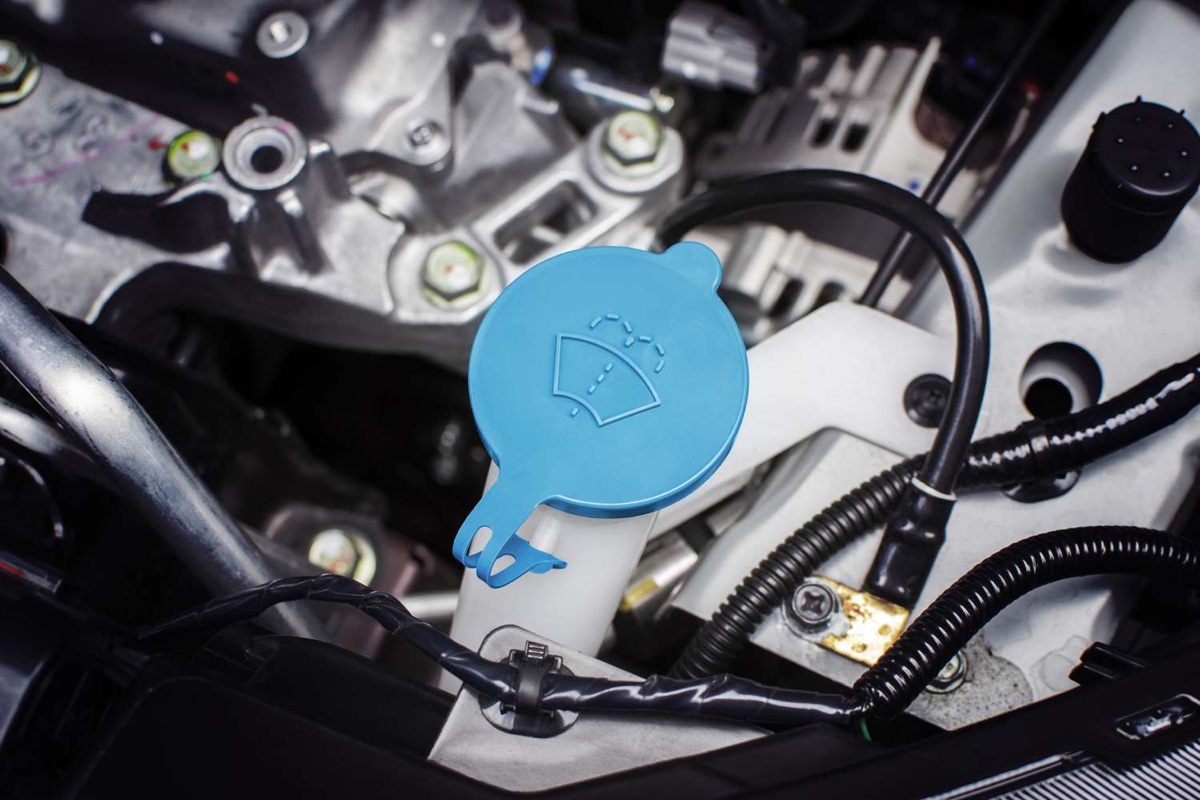
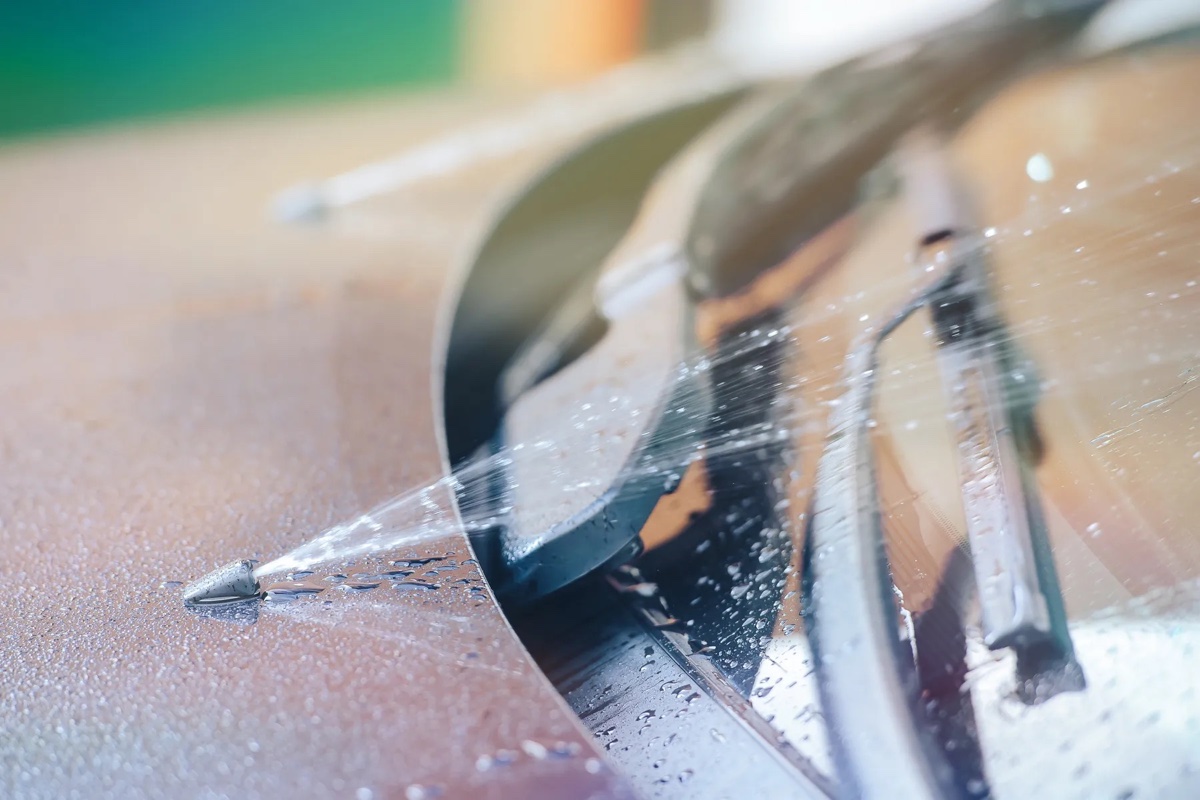
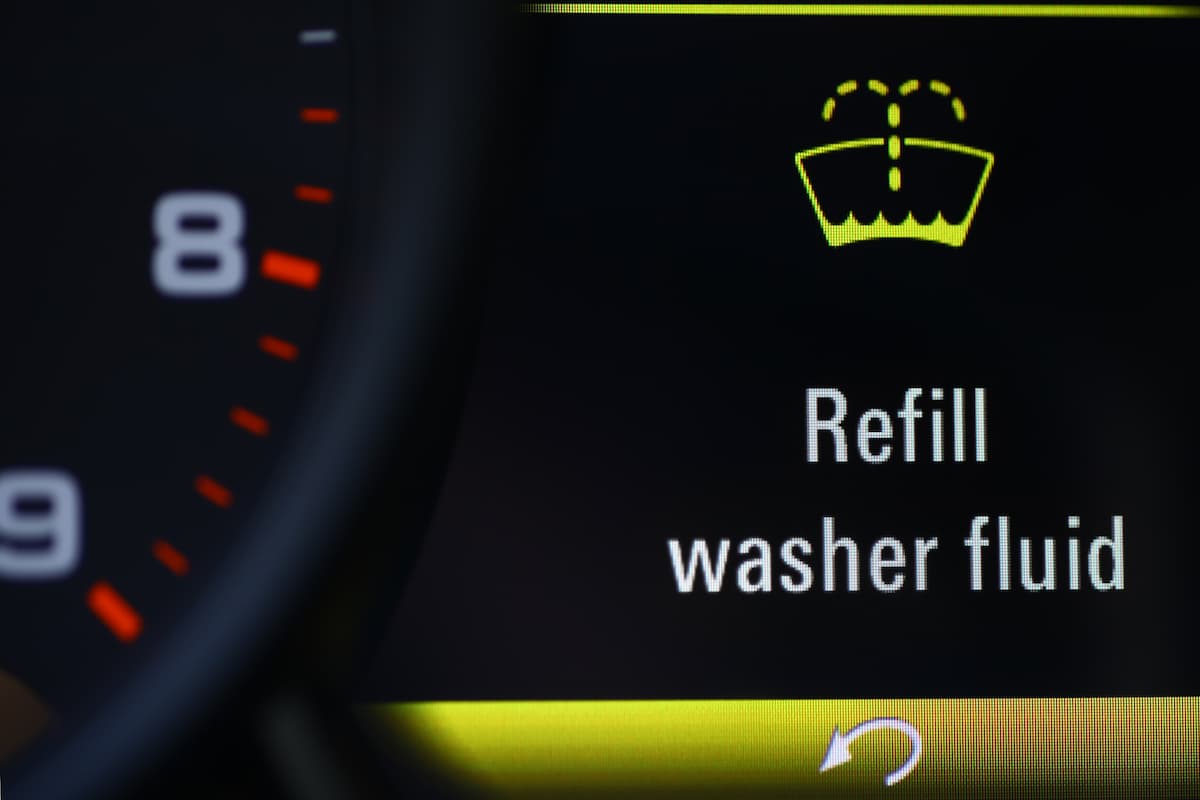
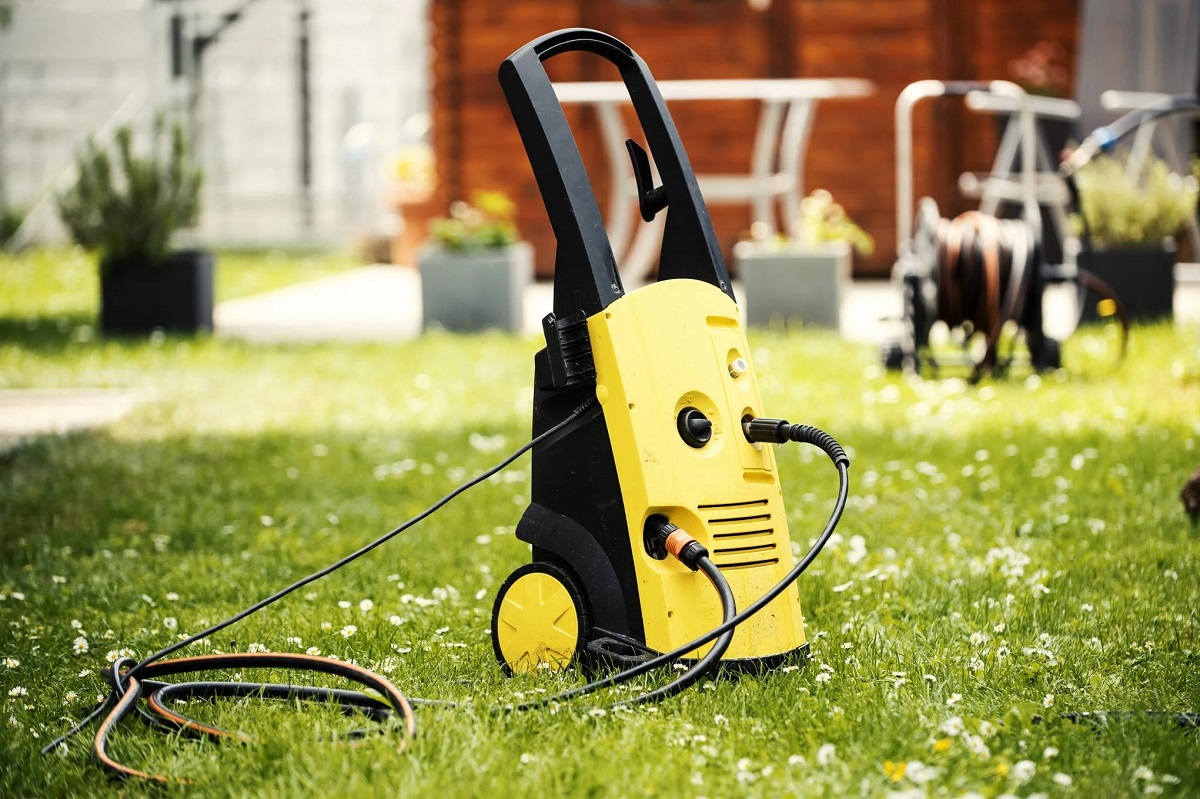
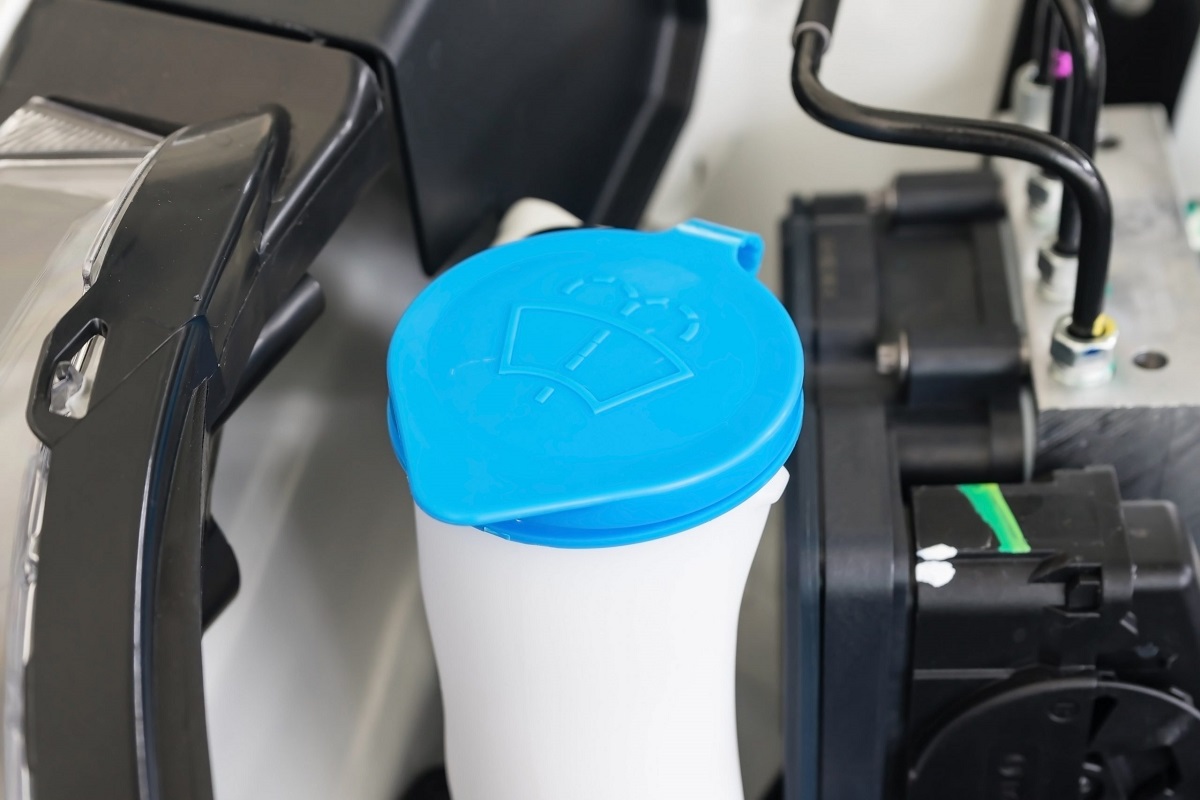
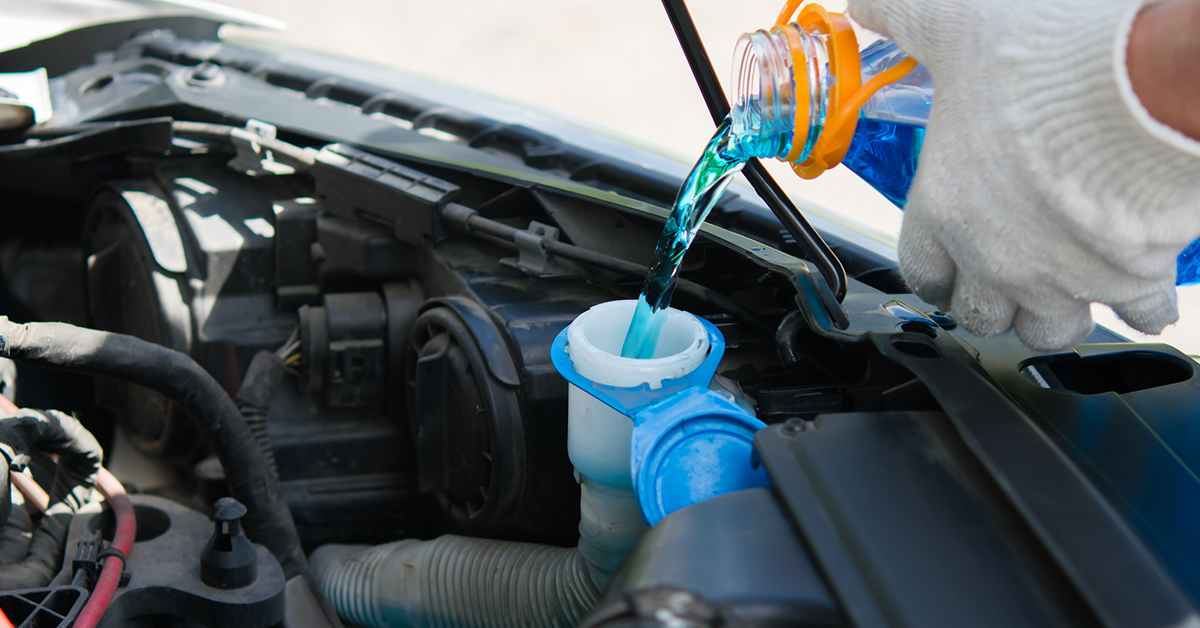
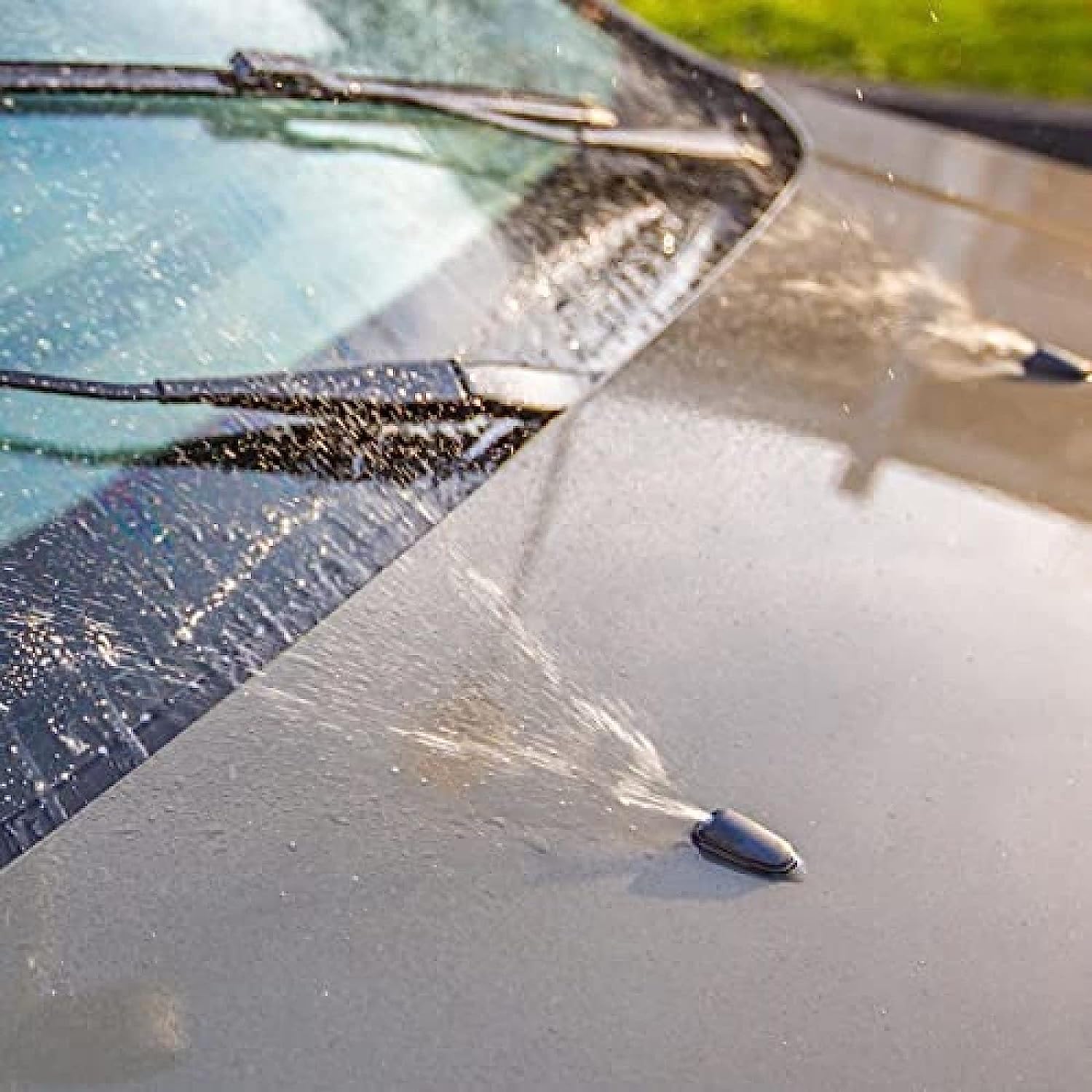
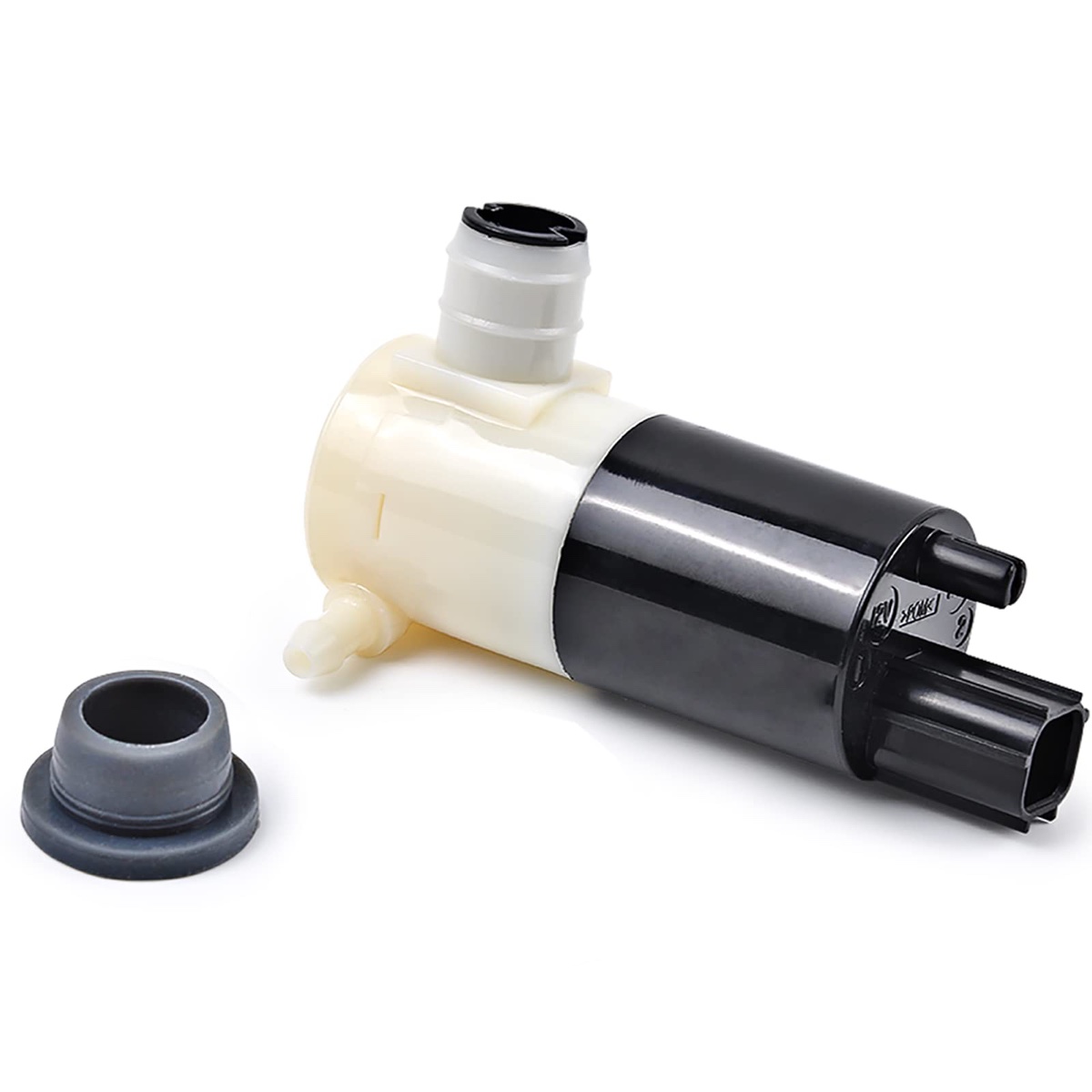
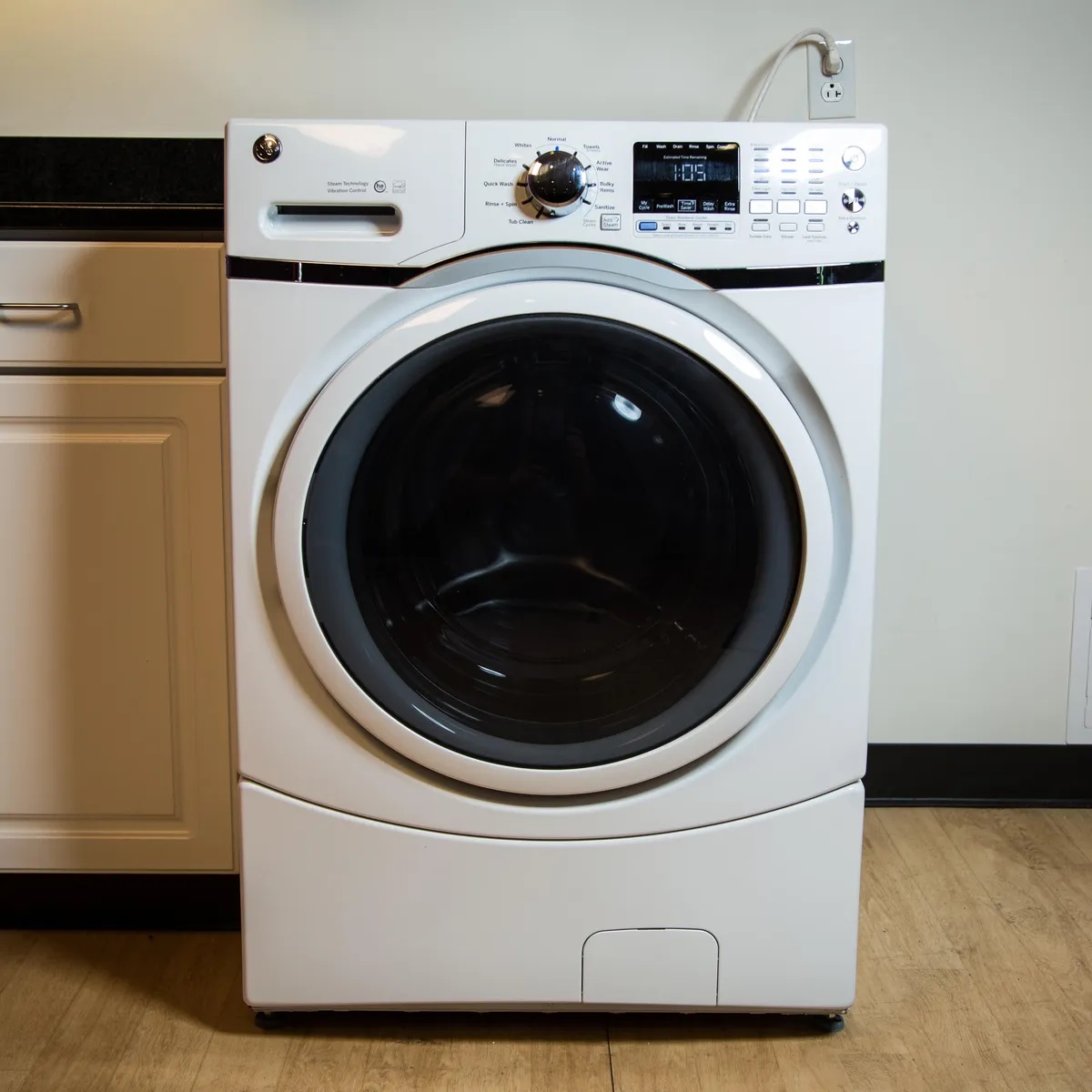
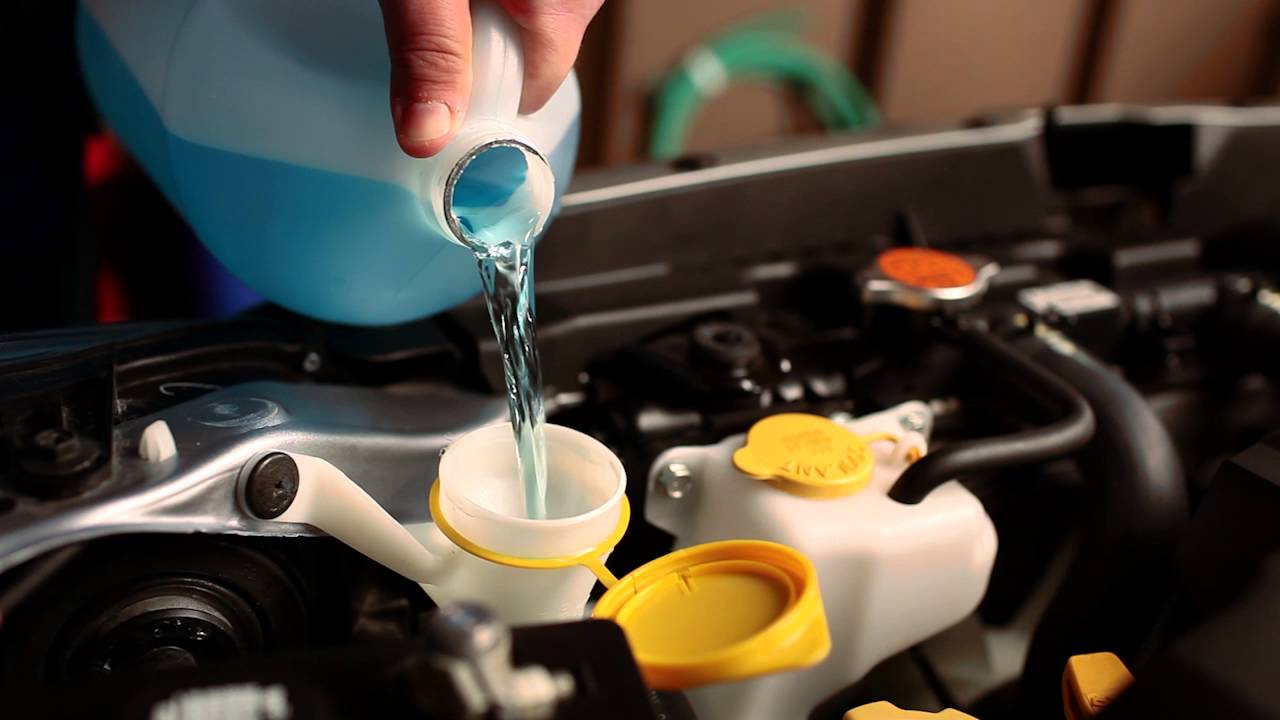

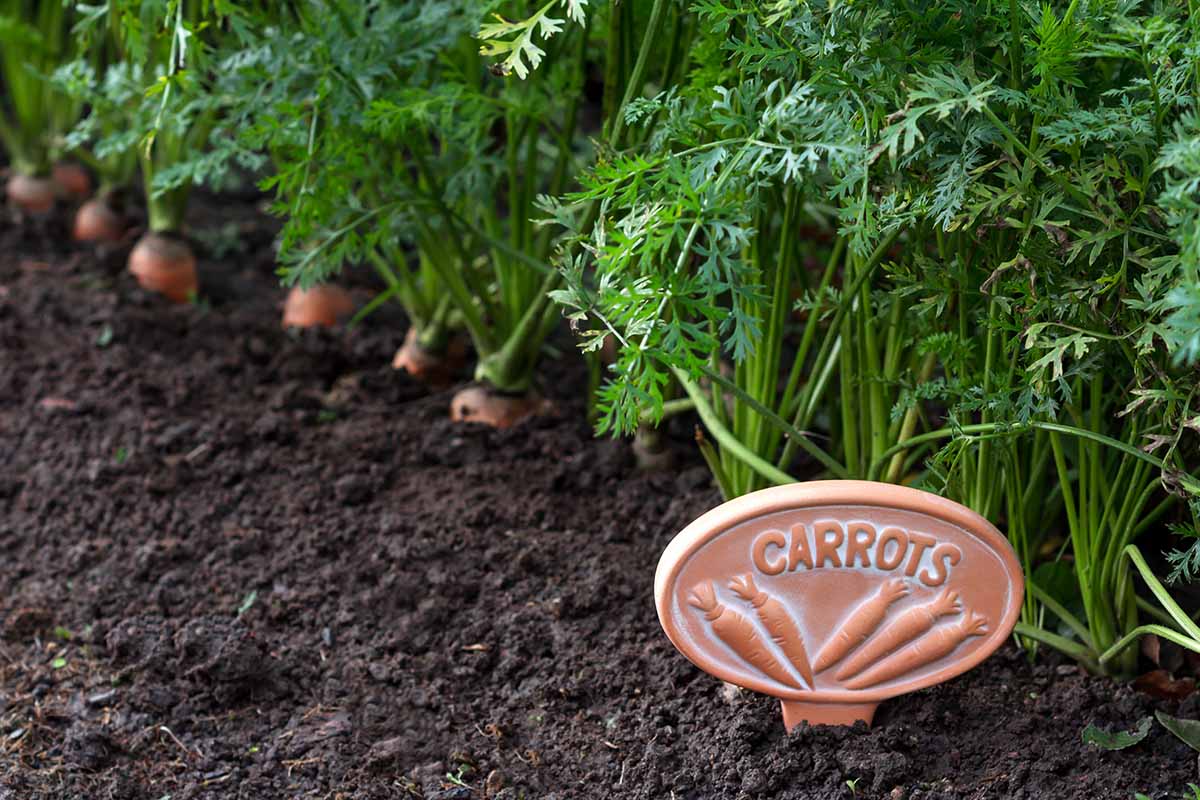


0 thoughts on “How To Make Windshield Washer Fluid That Won T Freeze”